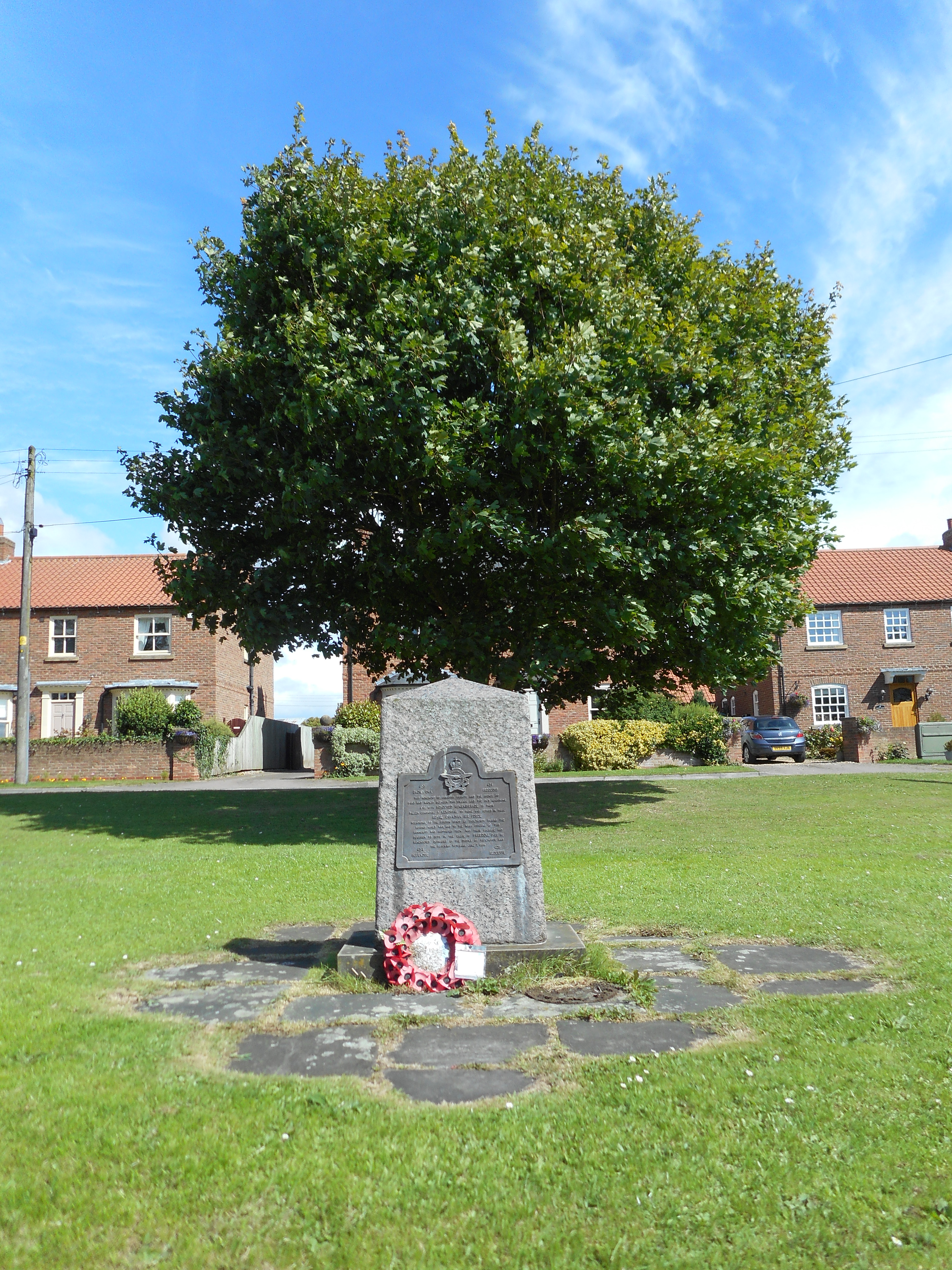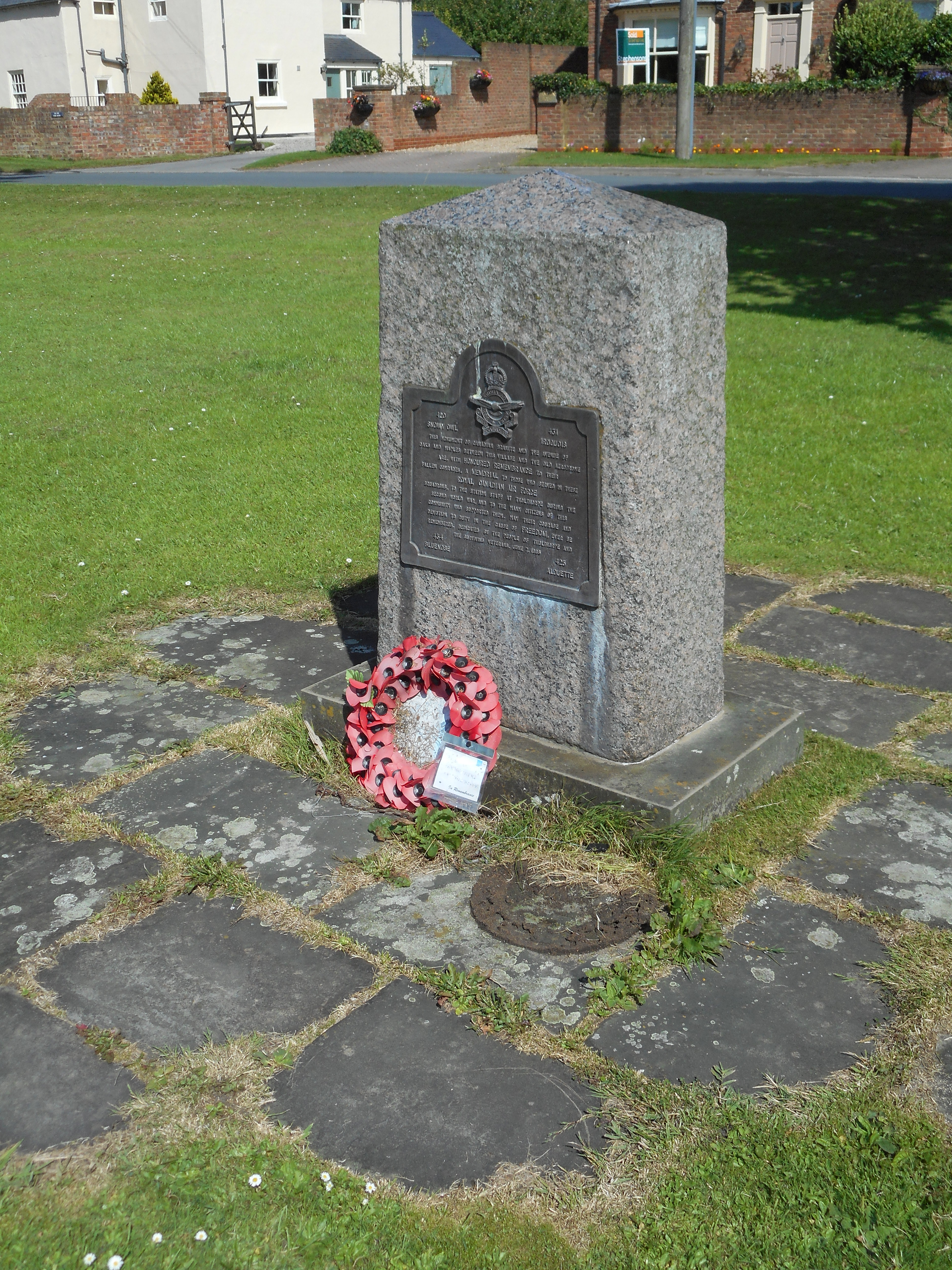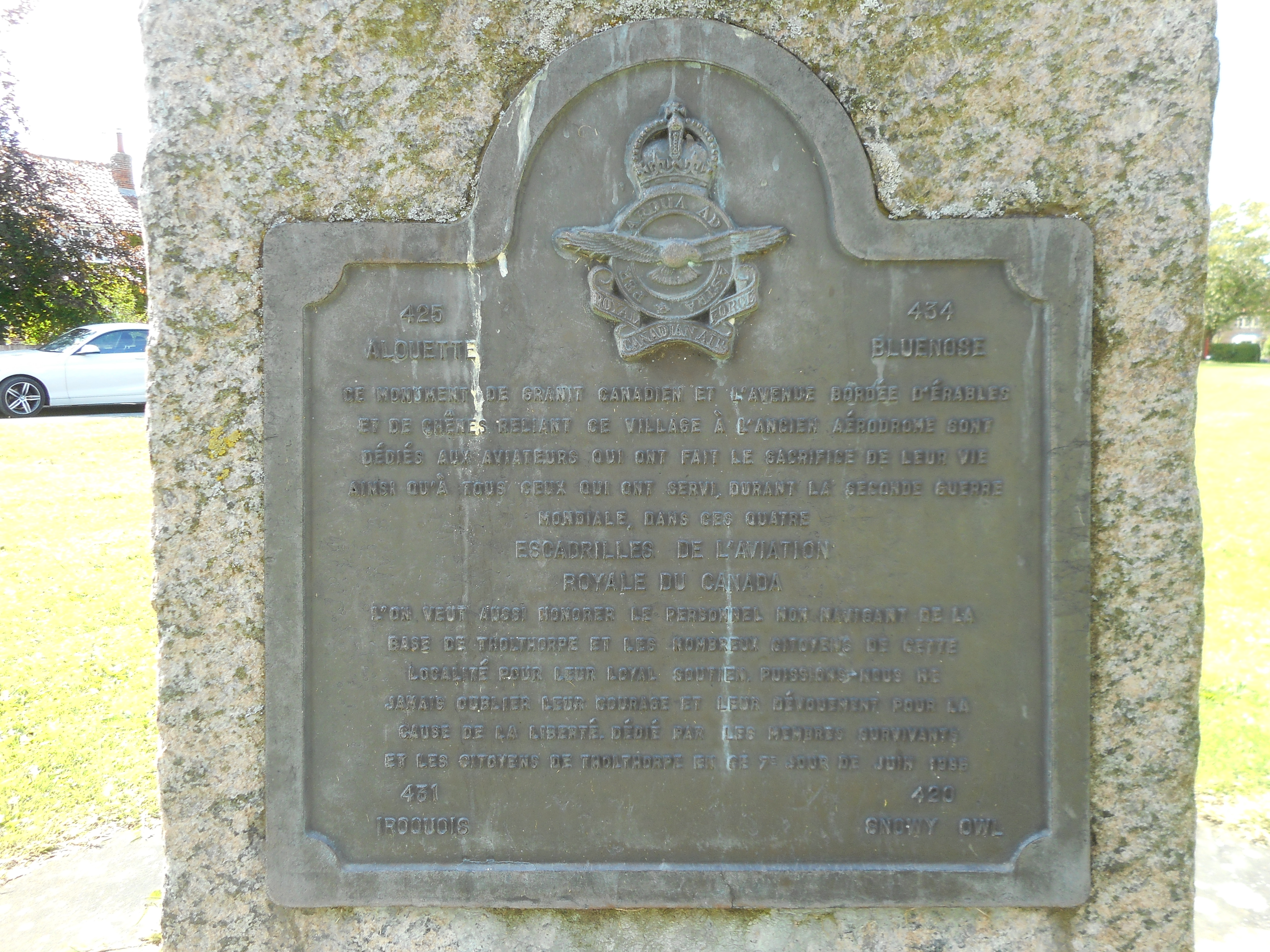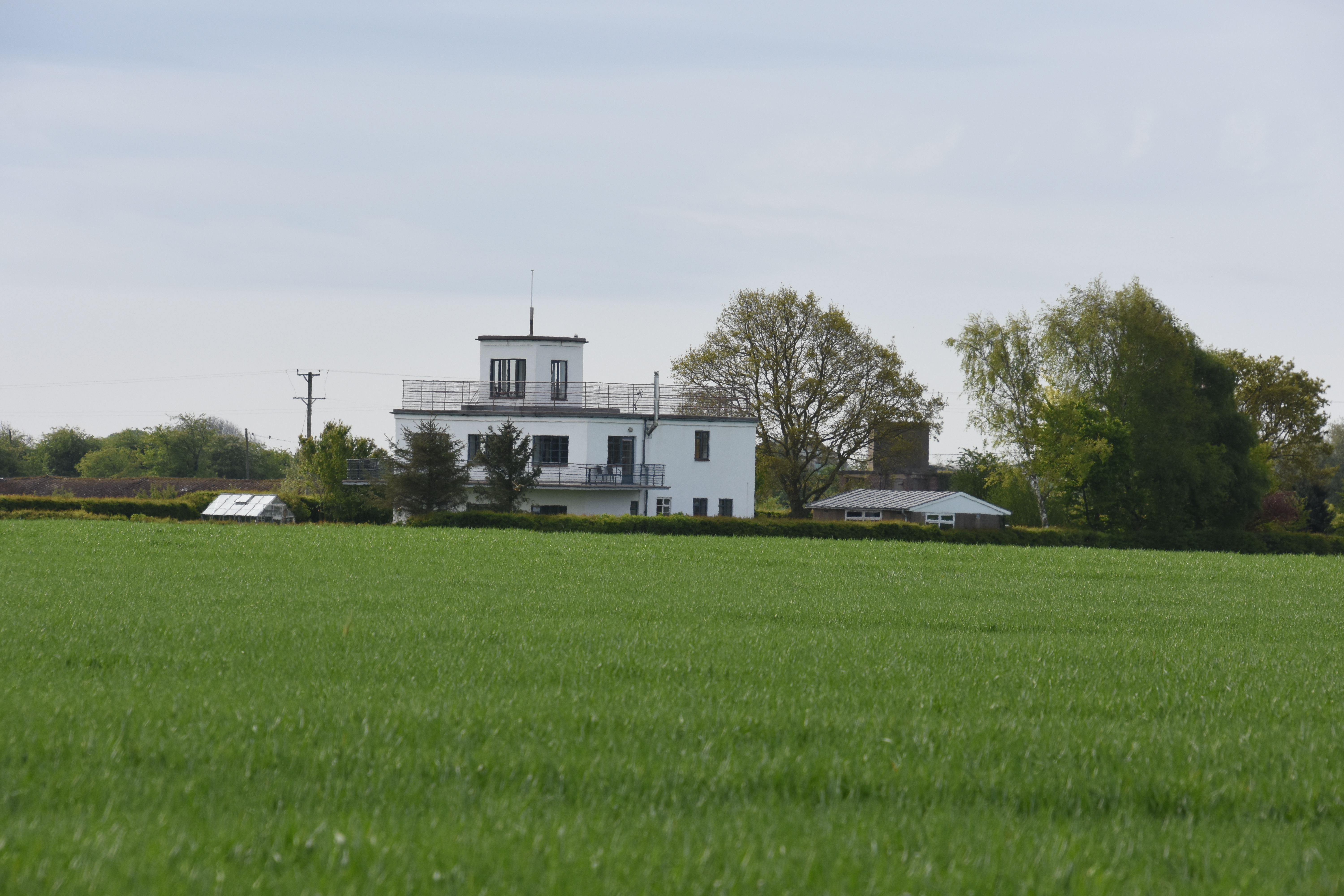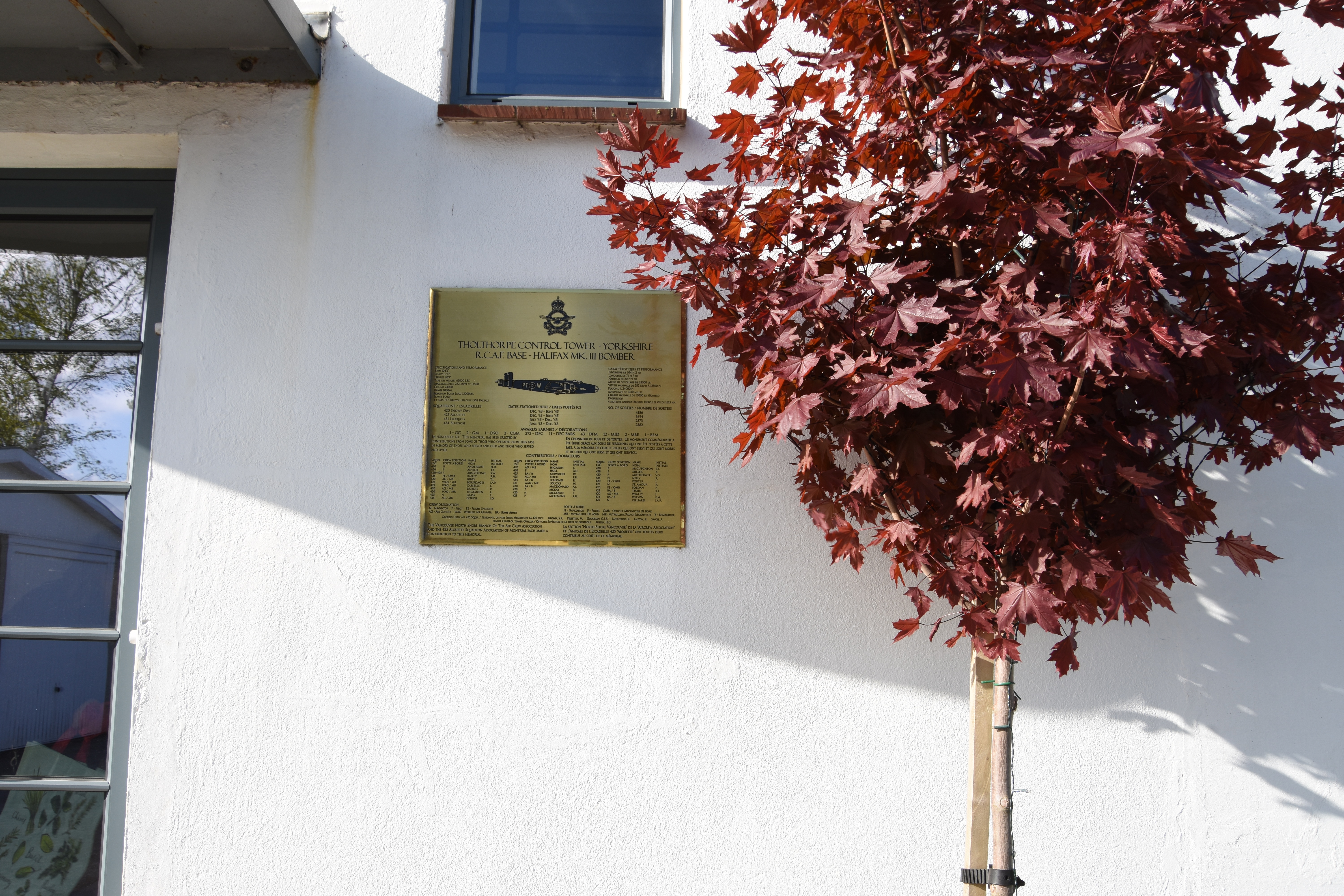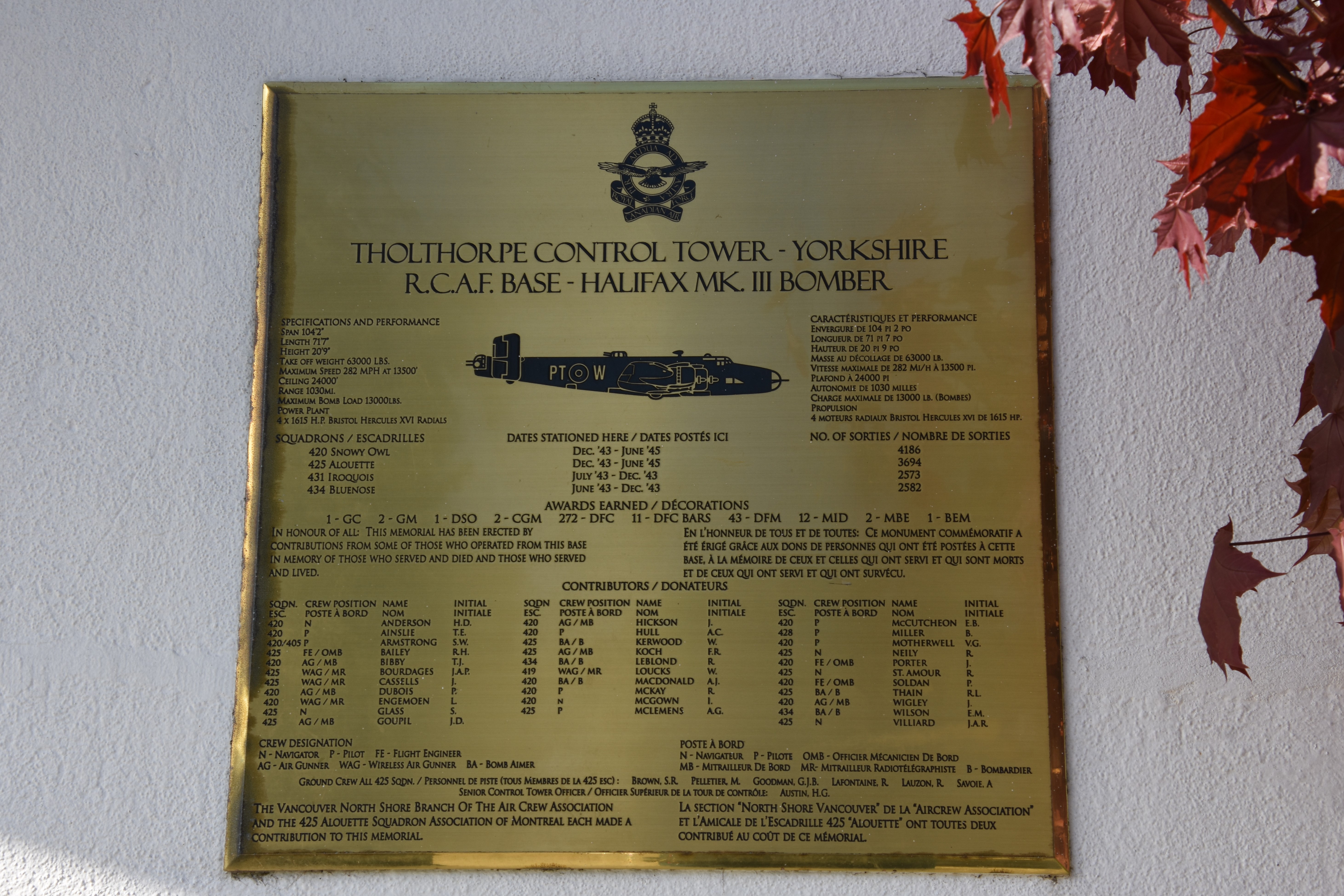Fitzpatrick, Charles Phillip
Personal Information
| Rank | WO1 |
| Forename(s) | Charles Phillip |
| Surname | Fitzpatrick |
| Gender | M |
| Age | 23 |
| Date of Death | 18-08-1943 |
| Next of Kin | Son of Patrick and Elizabeth Fitzpatrick, of Hastings, Ontario, Canada. Hisband of Ruth Naomi Fitzpatrick (née Connor), whom he married in Toronto on 26 February 1942. |
Aircraft Information
| Aircraft | Handley Page Halifax V |
| Serial Number | DK260 |
| Markings | IP-M |
Memorial Information
| Burial/Memorial Country | Germany |
| Burial/Memorial Place | Berlin 1939-1945 War Cemetery |
| Grave Reference | 2. J. 3. |
| Epitaph |
IBCC Memorial Information
| Phase | 2 |
| Panel Number | 164 |
Enlistment Information
| Service Number | R/80915 |
| Service | Royal Canadian Air Force |
| Group | 6 |
| Squadron | 434 (Bluenose) |
| Squadron Motto | In excelsis vincimus (We conquer in the heights) |
| Trade | Air Bomber |
| Country of Origin | Canada |
Other Memorials
| Location | Village Green, Tholthorpe, North Yorkshire |
| Country | United Kingdom |
| Memorial Type | Memorial Stone with inscribed Metal Plaque and Maple Tree |
| Memorial Text | A memorial to those Canadians who served at RCAF Tholthorpe during WW2, including 434 Sqn RCAF |
| Location | Former Control Tower, old Tholthorpe airfield site, North Yorkshire |
| Country | United Kingdom |
| Memorial Type | Inscribed Metal Plaque |
| Memorial Text | A memorial to those Canadians who served at RCAF Tholthorpe during WW2, including 434 Sqn RCAF |
Miscellaneous Information
| Charles was born on 6 July 1920 at Northumberland County. His father wasborn in Peterborough, Ontario but was deceased by the time of Charles's enlistment, and his mother was born in Bellacola, Ireland and was also deceased. He had one sister Mary and three brothers Michael, Edward and Patrick . A fourth brother John had died in 1918. Brother Peter was serving as a Private in the Canadian Army. Brother Michael Joseph was shown as his next of kin. Charles was at a school in Hastings, Ontario 1927-1933 and then Campbelford High 1933-1940. From 1940 until enlisting on 13 November 1940 he was working as a farm labourer for Lou English in Hastings. His hobbies were hunting and shooting and his sport interests swimming, hockey, softball and basketball. Charles also spent seven years Cadet Training. |
| Having finished his training, he was then posted to the U.K. and embarked from Canada on 13 March 1942, arriving at 3 PRC on 24 March 1942. He then went to 22 OTU on 26 May 1942 followed by 419 Sqn on 29 July 1942, then 434 Squadron on 15 June 1943. Sadly Charles was then to lose his life on 17 August 1943. |
Commonwealth War Graves Commission
Fellow Servicemen
Please note that this list gives all the losses aboard the quoted aircraft and occasionally these may have occurred on an earlier date when the aircraft was not itself lost. Please check the dates of death carefully.
Last Operation Information
| Start Date | 17-08-1943 |
| End Date | 18-08-1943 |
| Takeoff Station | Tholthorpe |
| Day/Night Raid | Night (93% moon) |
| Operation | Peenemünde (V2 rocket research facility). 596 aircraft, 40 losses (6.7%). This raid was deliberately carried out by moonlight to increase the chances of success, and this undoubtedly contributed to the high level of losses incurred. A Master Bomber was used for the very first time and this raid was also unusual in that almost the entire capability of Bomber Command was engaged on such a small target. There were three target areas- the living quarters, the rocket factory and the experimental station. PFF used a special plan to shift the marking from one target to the next as the bombing progressed to ensure maximum precision. Both the Master Bomber approach and the target marking strategy worked well and a Mosquito diversionary raid drew off most of the night-fighters in the first two phases. 560 aircraft dropped almost 1800 tonnes of bombs and the V2 program was said to have been set back two months as a result. Most of the aircraft losses were incurred in the last phase when the German night-fighters had reformed over the target. They used Schräge Musik for the first time aboard Me110s. Results were impressive given that 5 Group Lost 14.5% of its number and 6 Group some 19.7%, both of which made up the third phase. |
| Reason for Loss | Shot down by a night-fighter and crashed near Wolgast, Germany |
